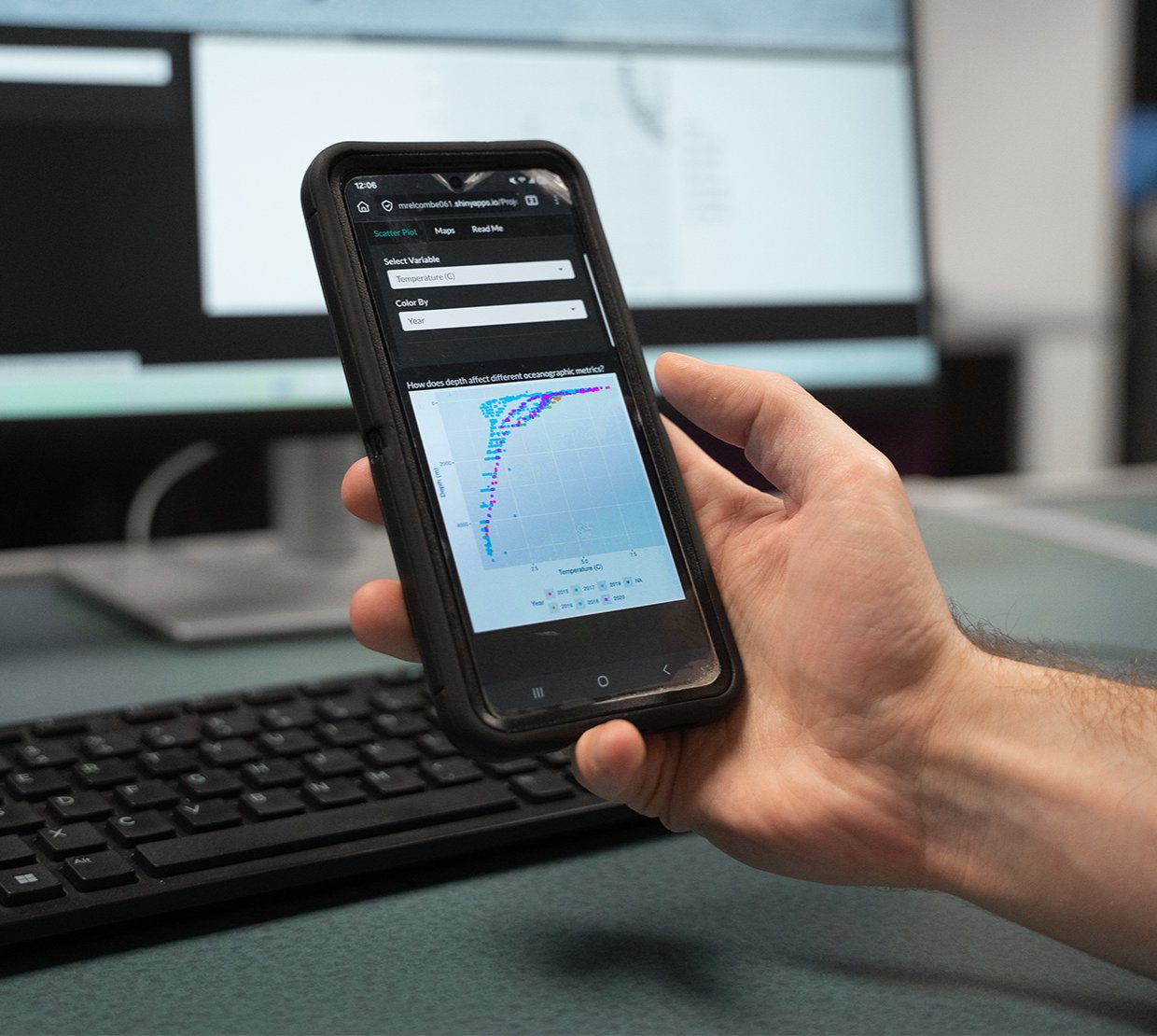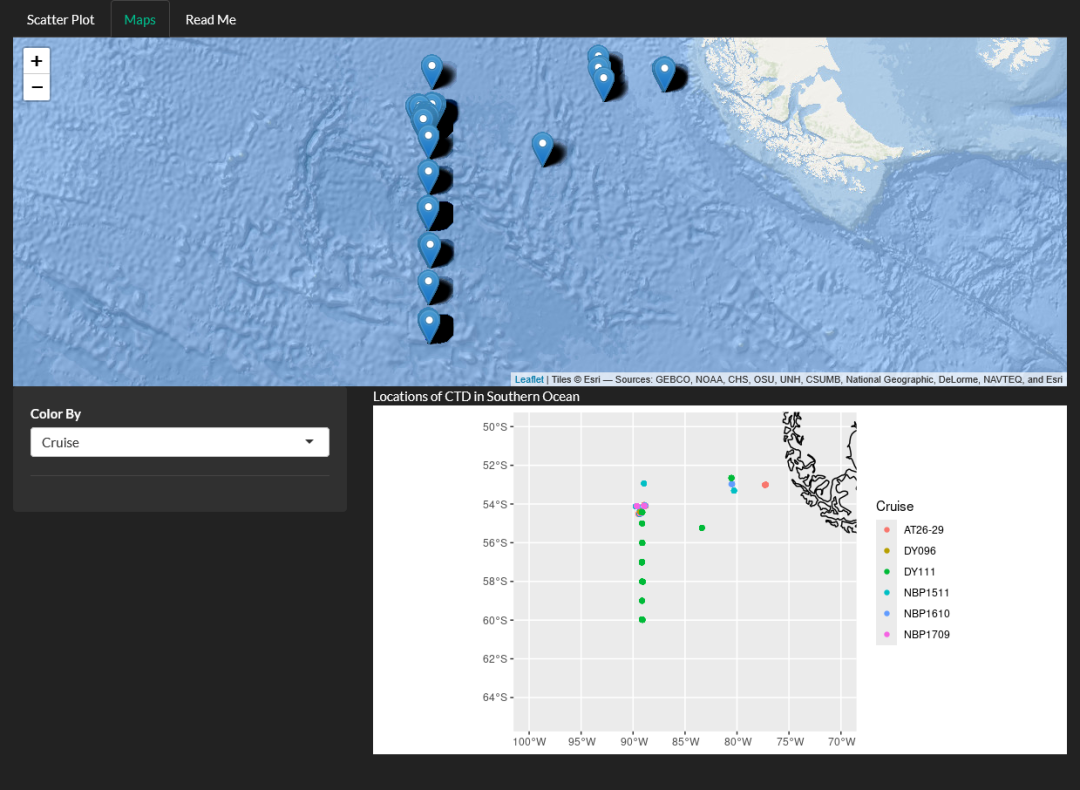What do ocean currents, baseball statistics and insect populations have in common? These real-world systems have all become living datasets — transformed by students into interactive apps and digital stories in a new course in data visualization.
Senior statistics instructor Erin Howard designed the course to give students something rare: the chance to blend technical skills with creativity.
“Data visualization is the artsy side of statistics,” Howard said. “It’s about storytelling, making science and data transparent and accessible, and using creativity to connect with an audience.”
Another priority was ensuring work students produced felt meaningful. She wanted students to avoid what she calls “disposal assignments” and instead create projects they could use beyond the classroom, in resumes, graduate school applications, conference posters or even just to share with family.








